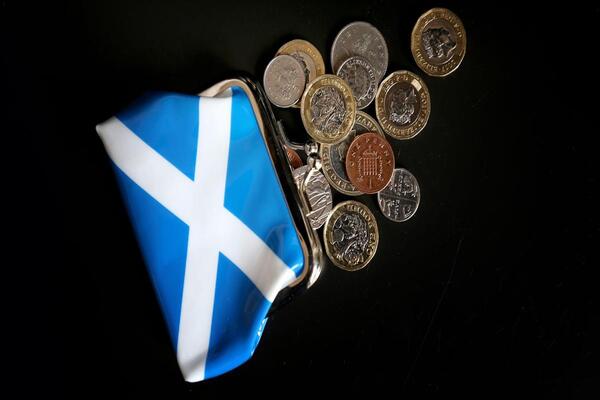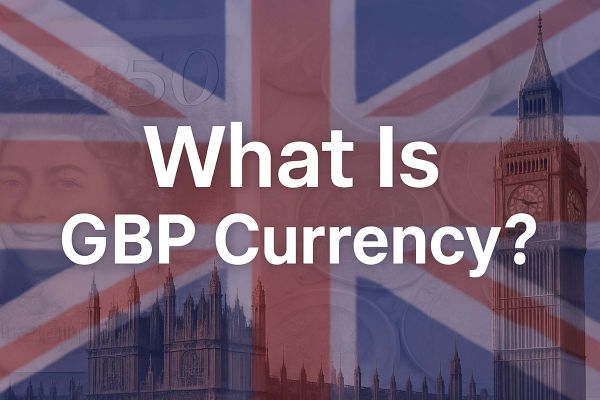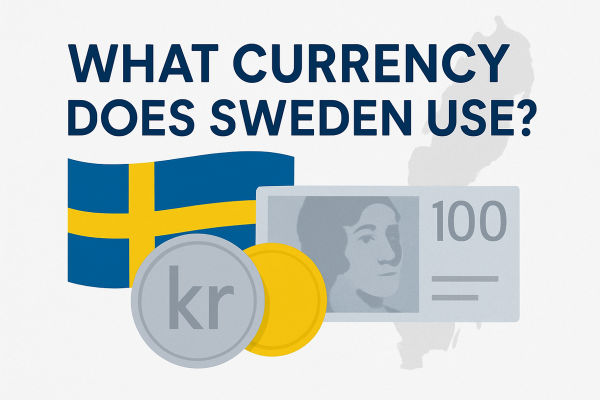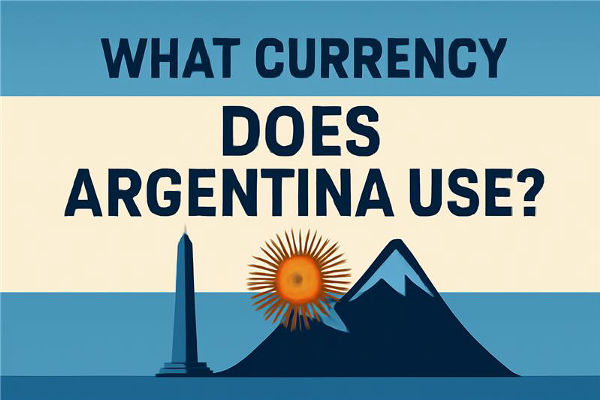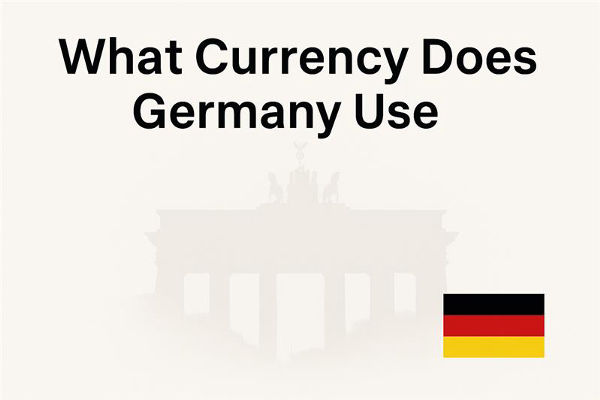Scotland's currency is a fascinating blend of tradition and practicality, reflecting both its rich history and its place in the modern United Kingdom. Whether you're planning a visit, moving to Scotland, or simply curious about its money, understanding what currency Scotland uses-and how it came to be this way-can help you navigate everything from shopping to sightseeing.
Here's a complete guide to the history and present of Scottish currency.
The Historical Currency of Scotland: Pound Scots
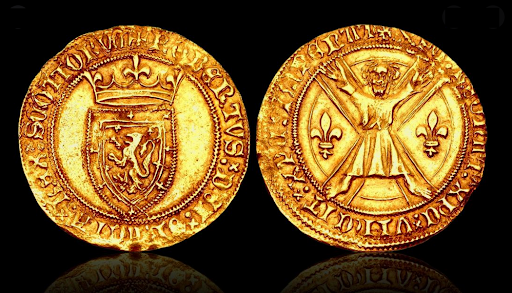
Before the 18th century, Scotland had its own currency known as the pound Scots. Introduced in the 12th century by David I, the pound Scots was based on the Carolingian monetary system, with one pound divided into 20 shillings, and each shilling into 12 pence.
The Scottish monetary system included coins such as the merk (worth two-thirds of a pound Scots), shillings, and pennies. Over time, the pound Scots was devalued relative to the English pound due to coin debasement and economic changes.
By the reign of James VI (who also became James I of England in 1603), Scottish coinage was reformed to closely match English sterling, with £12 Scots equalling £1 sterling. The last Scottish gold coins were issued in the 17th century, but silver coins continued until the early 1700s.
The Union and the End of the Pound Scots
The Act of Union in 1707 united the Kingdoms of Scotland and England, creating Great Britain and merging their monetary systems. The pound Scots was officially replaced by the pound sterling at a conversion rate of 12:1 (£12 Scots = £1 sterling).
While the pound Scots lingered as a unit of account for some years, sterling quickly became the standard for all transactions.
The Rise of Scottish Banknotes
Scotland's unique banking tradition began in the late 17th century. The Bank of Scotland, founded in 1695, was the first to issue paper money in Scotland. This innovation was soon followed by other banks, including the Royal Bank of Scotland (1727) and Clydesdale Bank (1838). Early Scottish banknotes were handwritten and temporary, but they evolved into secure, printed notes that became a hallmark of Scotland's financial system.
Today, three banks-the Bank of Scotland, Royal Bank of Scotland, and Clydesdale Bank-continue to issue their own distinctive sterling banknotes, each featuring iconic Scottish imagery and historical figures.
What Currency Does Scotland Use Today?
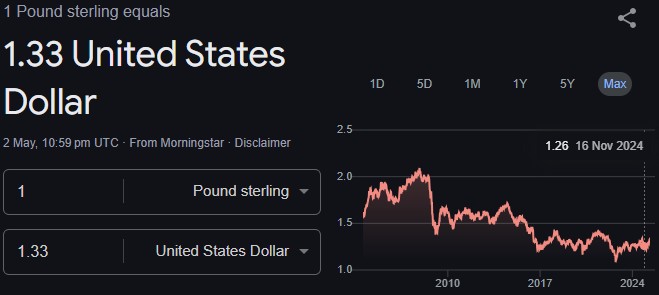
Scotland uses the pound sterling (GBP, symbol £), the same currency as the rest of the United Kingdom. All coins and notes are denominated in pounds and pence (100 pence = £1). What makes Scottish money unique is the banknotes themselves. Scottish banknotes look different from those issued by the Bank of England, but they are of equal value and are legal currency throughout the UK.
Scottish Banknotes and Coins
Banknotes: £5, £10, £20, £50, and £100, issued by the three Scottish banks.
Coins: 1p, 2p, 5p, 10p, 20p, 50p, £1, and £2, identical to those used across the UK.
While Scottish notes are legal currency, only Bank of England notes are legal tender in England and Wales. In practice, Scottish notes are widely accepted across Scotland and often accepted elsewhere in the UK, though some businesses outside Scotland may be unfamiliar with them.
Practical Money Tips for Scotland
Using Cash: Both Scottish and Bank of England notes are accepted in Scotland. When travelling elsewhere in the UK, you may wish to exchange Scottish notes for Bank of England notes to avoid confusion.
Credit and Debit Cards: Visa and Mastercard are widely accepted across Scotland, though American Express may not be accepted everywhere.
ATMs: Cash machines are plentiful in cities and towns, but may be scarce in rural areas. Most ATMs accept international cards with a four-digit PIN.
Tipping and Tax: Tipping is not compulsory but is appreciated for good service. VAT is included in the listed price of goods and services.
Currency Exchange and Travel
If you're visiting Scotland from abroad, you'll need to exchange your home currency for pounds sterling. Exchange bureaus and travel money cards are widely available, and you can use most international cards for purchases and ATM withdrawals.
Conclusion
Scotland's currency story is one of adaptation and tradition. While the pound Scots is a relic of history, the pound sterling is the currency in use today, with Scottish banks issuing their own distinctive notes.
For residents and visitors alike, understanding this system ensures smooth transactions and a deeper appreciation of Scotland's unique financial heritage.
Disclaimer: This material is for general information purposes only and is not intended as (and should not be considered to be) financial, investment or other advice on which reliance should be placed. No opinion given in the material constitutes a recommendation by EBC or the author that any particular investment, security, transaction or investment strategy is suitable for any specific person.
